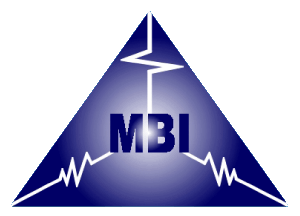Importance of substrates for the visibility of "dark" plasmonic modes
Summary (expand/hide)
Dark plasmonic modes have interesting properties, including longer lifetimes and narrower linewidths than their radiative counterpart, and little to no radiative losses. However, they have not been extensively studied yet due to their optical inaccessibility. In this work, we systematically investigated the dark radial breathing modes (RBMs) in monocrystalline gold nanodisks, specifically their outcoupling behavior into the far-field by cathodoluminescence spectroscopy. Increasing the substrate thickness resulted in an up to 4-fold enhanced visibility. This is attributed to breaking the mirror symmetry by the high-index substrate, creating an effective dipole moment. Furthermore, the resonance energy of the dark RMBs can be easily tuned by varying the nanodisk diameter, making them promising candidates for nanophotonic applications.
Default Region Image



